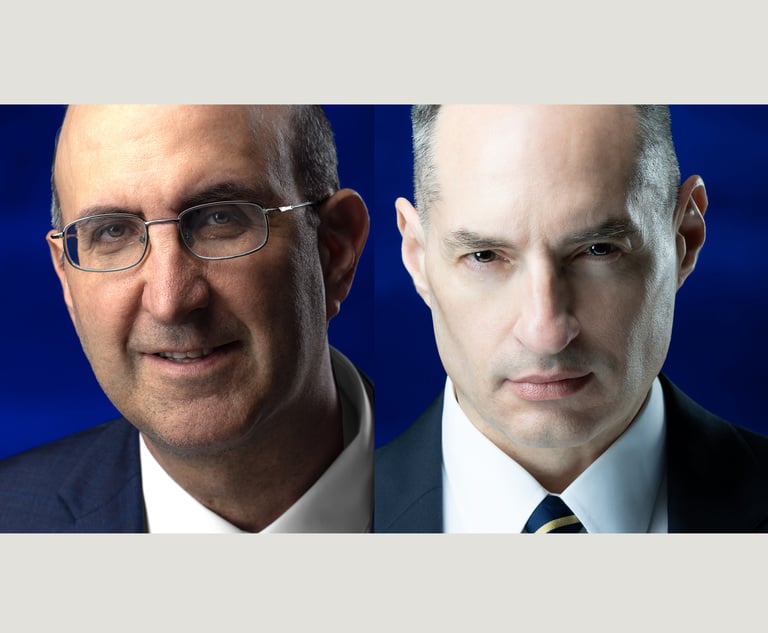It will be easier to attack decisions by juries and trial judges that required clear and convincing evidence after the California Supreme Court’s landmark decision July 27 in Conservatorship of O.B. In view of this change, attorneys should carefully reevaluate the probability of success on appeal in a wide range of cases where facts must be proven by clear and convincing evidence.
Background
Until last month, there was a split among California appellate courts concerning review of findings that require clear and convincing evidence. One line of decisions maintained that review should proceed just as it does in any other sufficiency of the evidence challenge. These cases reasoned that the heightened standard of proof simply “disappears.” The view was endorsed by Witkin’s treatise on California Procedure: “If the [trial] judge decides in favor of the party with this heavy burden, the clear and convincing test disappears. On appeal, the usual rule of conflicting evidence is applied, giving full effect to the respondent’s evidence, however slight, and disregarding the appellant’s evidence, however strong.” But another line of cases rejected that approach, reasoning that it undermines judicial review in cases that involve important rights or are inherently subject to fabrication. The California Supreme Court’s prior messages on the subject were subtle and mixed.


 Katy Graham counsel with California Appellate Law Group.
Katy Graham counsel with California Appellate Law Group.




